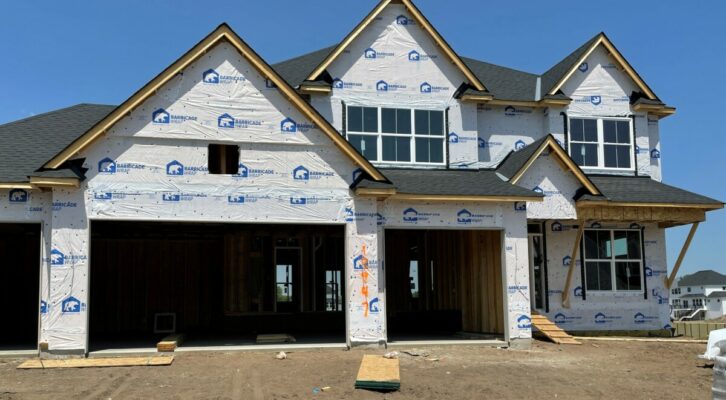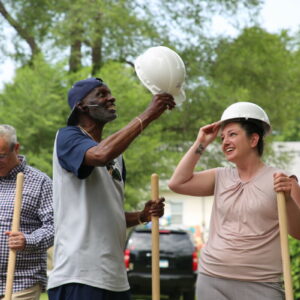With Peter Kulczyk, owner of Green Code Knowledge, LLC
Scenario
A design for a new house in Minnesota includes an attached tuck-under garage (the code typically refers to this as “an unconditioned space”) with living space above, such as a family room, bathrooms, bedrooms, and similar spaces (pictured below). What follows are some of the building code and energy code issues typically encountered.
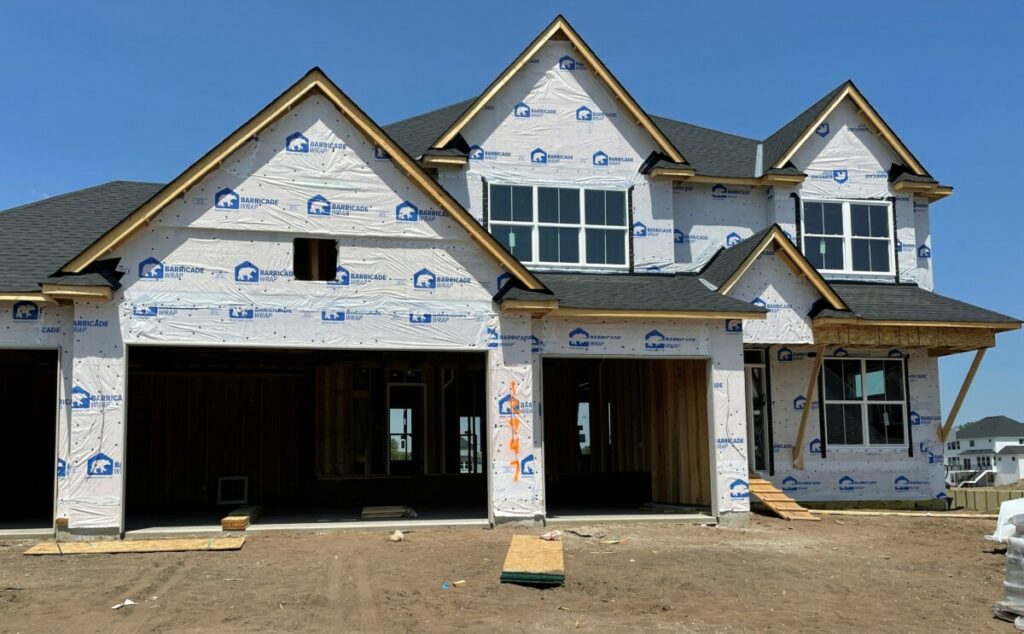
Q: What size of engineered floor trusses are needed to clear-span an entire garage space, as this would most likely exceed the capability of solid sawn wood joists?
A: The floor trusses need to be designed to carry a uniform live load of 40 pounds per square foot for most uses, although sleeping rooms can be designed for 30 pounds per square foot live load. Plus, 10 pounds per square foot dead load of the actual building materials (International Residential Code Table R301.5). Refer to the manufacturer of the floor trusses for engineering recommendations.
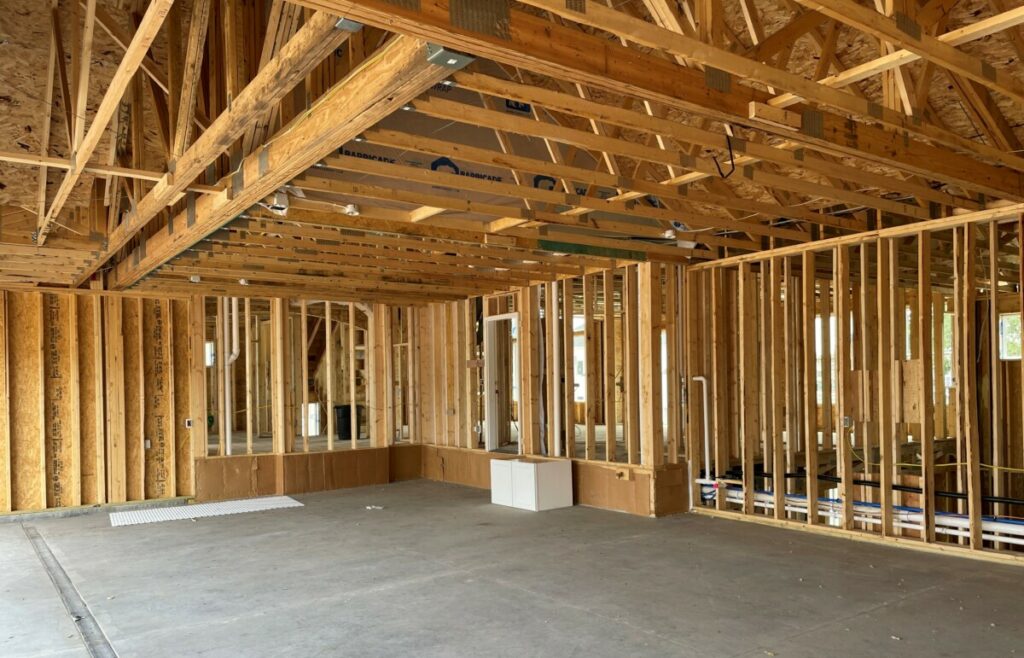
Q. What type of fire protection is required on the bottom side of the floor trusses and on the garage walls below?
A: The bottom of the floor trusses are to be protected with properly fastened 5/8-inch-thick Type “X” gypsum board or equivalent. The walls below supporting this floor system are to be protected with properly fastened 1/2-inch-thick regular gypsum board or equivalent (IRC Table R302.6).
Q. Are the joints in the gypsum board required to be fire-tapped?
A: No, there are no provisions in the code that require the joints in the gypsum board to be mudded or taped. This fire separation is not a tested/listed assembly.
Q. What amount of insulation (R-value) is needed in the floor trusses because of the conditioned space above? Refer to the image below.
A: The energy code requires an R-value of at least 30 in Minnesota Climate Zones 6 and 38 in Climate Zone 7 (MR1322, Section R402 and Table R402.1.1).
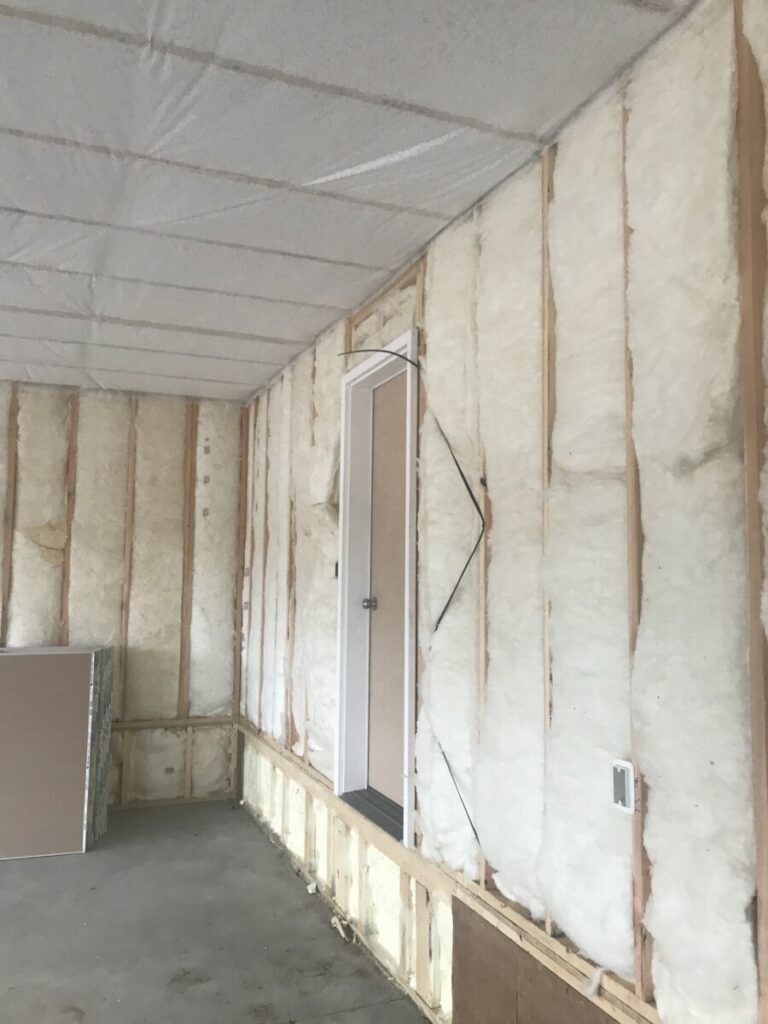
Q. Is a vapor retarder (often incorrectly referred to as a vapor barrier) required for this R=30 insulation in the floor trusses?
A: No, the code only requires a vapor retarder on the warm side of insulated walls and ceilings, but specifically exempts floor systems above unconditioned spaces.
Q. The floor trusses above the garage line up with the floor trusses adjacent in the house that carry the second floor. Are the floor trusses required to be draftstopped or fire-blocked within the floor truss space above the common wall that separates the house and garage? We have heard in the past from some sources that this space needs to be sealed. Refer to the image below.
A: No, the floor trusses above the garage can be completely open to the floor trusses in the house permitting the free flow of air between the house and garage floor trusses. Keep in mind that the code only requires draft-stopping of floor trusses so no area of the floor within those trusses exceeds 1,000 square feet. This draft-stopping can typically be placed at other locations within the floor system to accomplish this requirement (IRC Section R302.12).
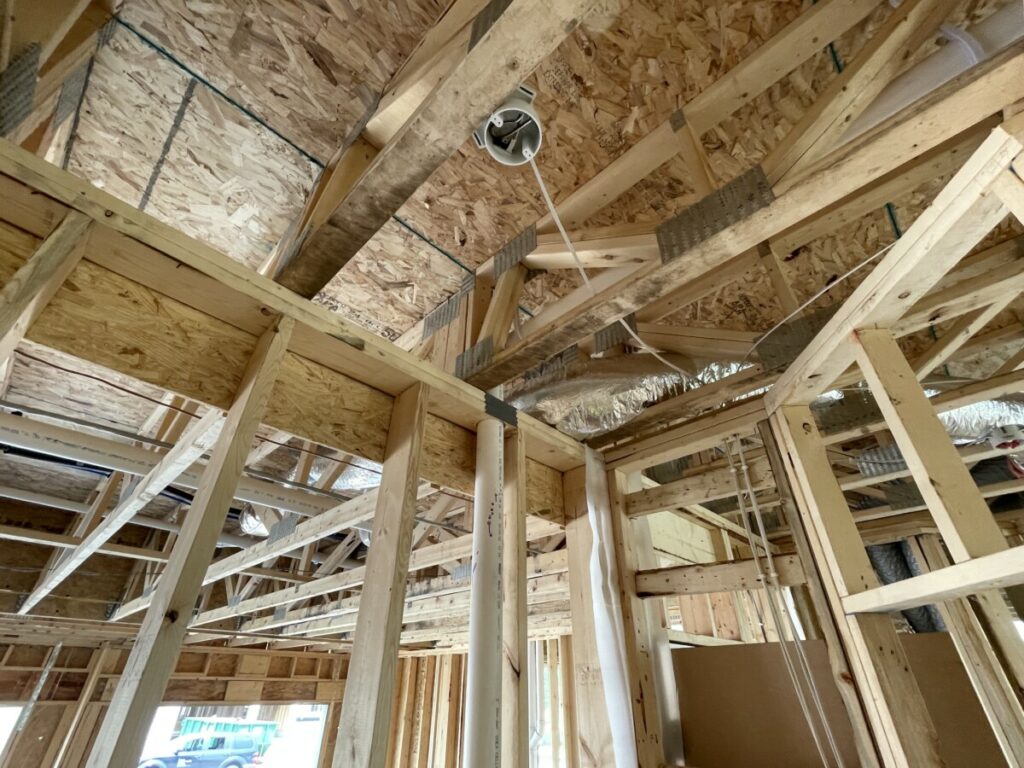
Q. When warm-air ducts are installed within the floor trusses above the garage, does the code require these ducts to be insulated, sealed, or raised up above the bottom of the floor trusses? Refer to the image below.
A: These warm-air ducts need to be insulated to a minimum R-value of 8. They are required to be sealed at all transverse and longitudinal joints and where they penetrate the floor sheathing. Although these ducts are typically installed above the R=30 blown-in insulation, the code permits these ducts to be installed within the insulation itself (MN Mechanical Code Chapter 1346).
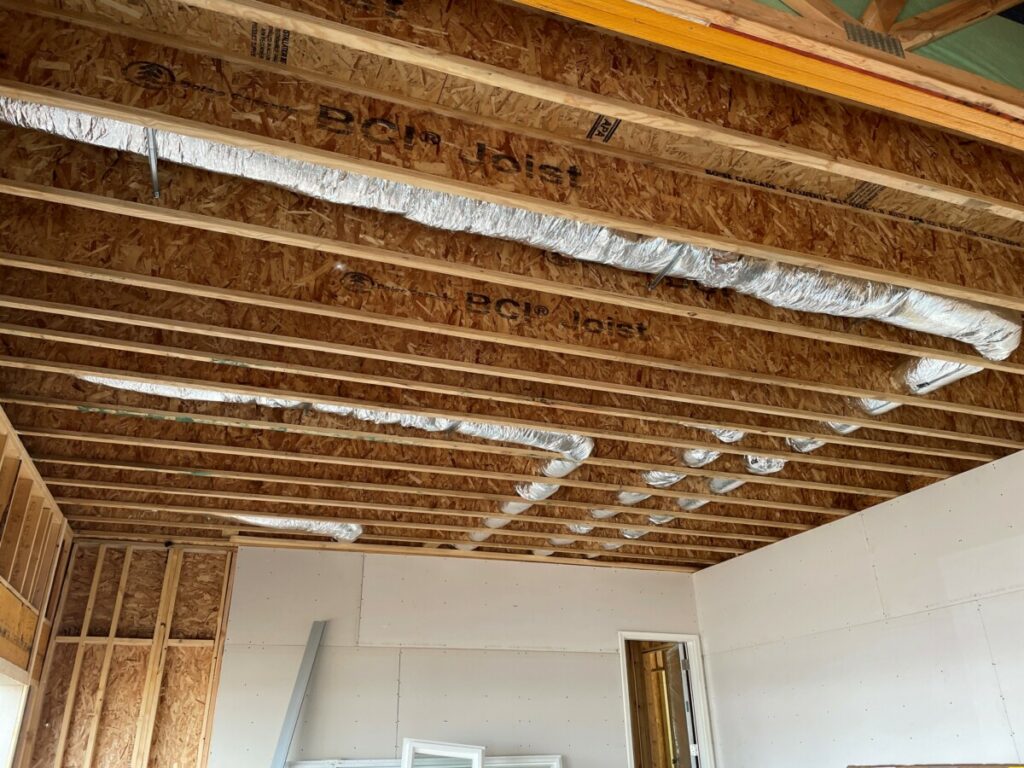
Q. At what point in the construction process would blown-in insulation be installed in the floor trusses above this tuck-under garage?
A: Generally, after the plumbing, electrical, and ductwork are in place, the ceiling of the garage is netted and the installer blows the insulation in through the netting. Check with your local building inspector about the timing of this process, as the framing still needs to be inspected.
Q. Does this process change if the design calls for spray-applied foam insulation in the floor truss cavity instead of blown-in insulation?
A: The process would most likely involve spraying the foam insulation from below onto the bottom side of the floor sheathing. Check with the manufacturer of the foam insulation regarding the application limitations, flame spread rating of the foam, and if any special conditions are noted in related product evaluation service reports.

Peter, owner of Green Code Knowledge, has three decades of experience in the construction and building code industry as a building inspector, author, educator and expert in residential building codes, energy codes and green building practices. His experience includes working on staff with the International Code Council (ICC), as an instructor with the State of Minnesota Department of Labor and Industry (DLI), as a Building Inspector and/or a building plans examiner with multiple municipalities, and in various positions with five residential and commercial construction companies in Minnesota.

